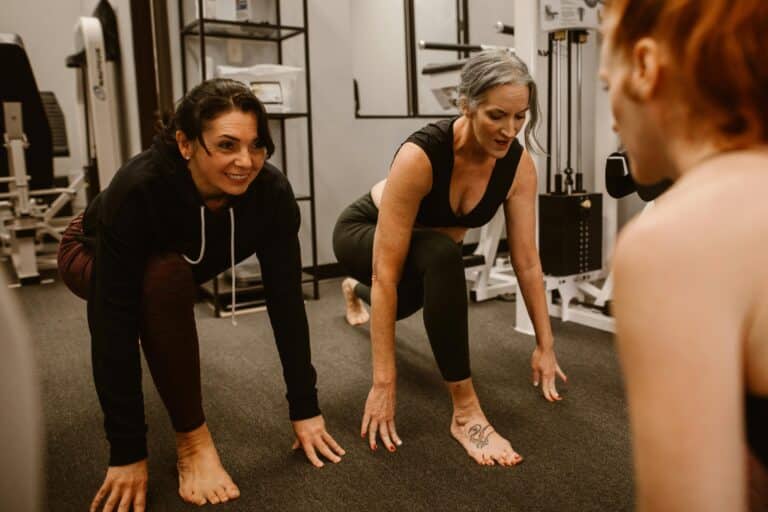Harvard Health Blog
Every year in the U.S., about 10,000 persons are treated for carbon monoxide poisoning, and roughly 400 die from unintentional exposure. This mostly occurs in our cold winter months.
Why winter?
Carbon monoxide is an odorless, colorless and tasteless gas normally found in the atmosphere at low levels. Many things contribute to the level of CO in the air, both outdoors (like pollution) and indoors (like tobacco smoke). High levels can also be produced from the burning of wood, gas and other fuels. Poor heating systems or those with improper ventilation can lead to dangerous levels of CO in the air. This, coupled with energy-conserving “airtight” homes with insulation and sealed windows, can further trap CO inside. But unless you’re looking for it, you wouldn’t know you’re breathing in CO.
What happens with CO poisoning?
When CO is inhaled at high concentrations, it displaces the oxygen from the hemoglobin in red blood cells. That means the body doesn’t get the oxygen it needs. Symptoms of CO poisoning vary and may sound a lot like the flu — but there’s no fever. One clue may be a pattern of symptoms that occur in the same enclosed space, but that improve outside in fresh air. The most common complaint is headache. Other symptoms might be feeling tired, nauseated, dizzy or short of breath. In more serious cases, this can progress to confusion, seizures, loss of consciousness and death. The risks depend on your underlying health, the level of CO in the air (measured in parts per million, or ppm), and duration of exposure.
Five important dos and don’ts to help protect you and your family.
1. Do get carbon monoxide detectors!
I cannot emphasize enough how important this is. My own personal story is that I believe this saved our infant son’s life, and ours, years ago. We were new to our condo, new to a fireplace, and very new to a baby. On one cold winter night, ignorant and oblivious, we made the mistake of closing the flue too early, missing the few slivers of embers hidden in the ashes. Fortunately, we had plugged an additional digital CO detector next to our son’s crib, which was behind a closed door and a floor above the fireplace. Then we made mistake number two, I am embarrassed to admit, by turning off the alarm, thinking the monitor had malfunctioned, and going back to bed when nothing seemed amiss. I am forever grateful that the alarm went off again, and this time we did not ignore it, realizing our mistake.
So make sure you have a battery-operated carbon monoxide detector (or one with battery backup) on every floor, in the hallway near bedrooms. States have different requirements regarding how CO detectors are placed in homes. Ideally, change batteries yearly and test monitors monthly. Some CO detectors also provide a digital reading of the level of CO ppm. If the alarm sounds, don’t ignore it (like we did). Move outside to fresh air and contact the fire department right away.
2. Do open the fireplace flue damper before lighting a fire, and leave it open until there are no embers and the ashes are cool. (See “Do” No. 1)
In addition, make sure the chimney and flue are clear before fireplace use.
3. Don’t leave the car running in the garage.
Though it’s tempting to warm up the car in the garage, don’t do it, as CO levels can rise quickly. And if you have an attached garage, don’t leave the engine running for very long even if the garage door is open, since CO can seep through wallboards into the house.
4. Do have your appliances and heating systems serviced as recommended.
Double check that your appliances and heating systems are working appropriately with proper ventilation. This includes making sure the vents are not blocked by snow and ice outside.
5. Don’t use generators indoors.
If you need to use a generator, make sure it is outside and at least 20 feet from windows and doors.
Hopefully, these basic tips will help make you more aware and prepared in your home. If you are looking for further information on CO safety issues, a good place to start is the U.S. Environmental Protection Agency’s Carbon Monoxide’s Impact on Indoor Air Quality.
(Wynne Armand, M.D., is a contributing editor to Harvard Health Publications.)










